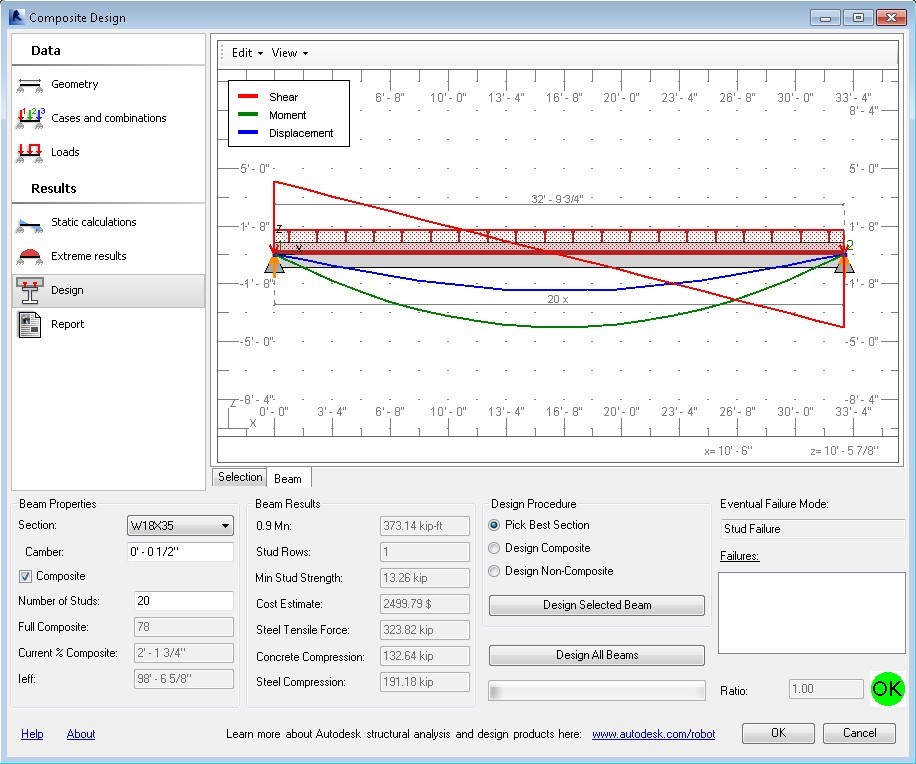

We suggest that Band 10 be used in conjunction with an atmospheric model to estimate surface brightness temperature. 6, 2014: “Due to the larger calibration uncertainty associated with TIRS band 11, it is recommended that users refrain from relying on band 11 data in quantitative analysis of the TIRS data, such as the use of split window techniques for atmospheric correction and retrieval of surface temperature values.” ++ Important TIRS calibration notice from USGS, Jan. Its purpose is to provide a basic understanding and associated reference material for the Landsat 8 observatory and its science data products. The Landsat 8 Data User’s Handbook is a living document prepared by USGS and NASA. (Video produced by Jarlath O’Neil-Dunne AmericaView StateView member: VermontView) This AmericaView video tutorial outlines the end-to-end process of downloading Landsat 8 OLI data from the USGS GloVis website, and processing the data to produce a normalized difference vegetation index (NDVI) for vegetation analysis. This series of videos shows you how to search and download data from the USGS EarthExplorer, Glovis, LandsatLook Viewer, and more.ĭownloading Landsat 8 OLI Data and Computing NDVI in ArcGIS Pro Below you will find a number of resources that can help you learn how to use, process and analyze Landsat data.


 0 kommentar(er)
0 kommentar(er)
